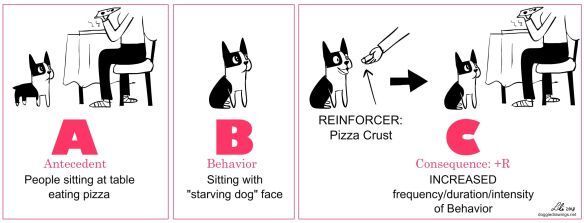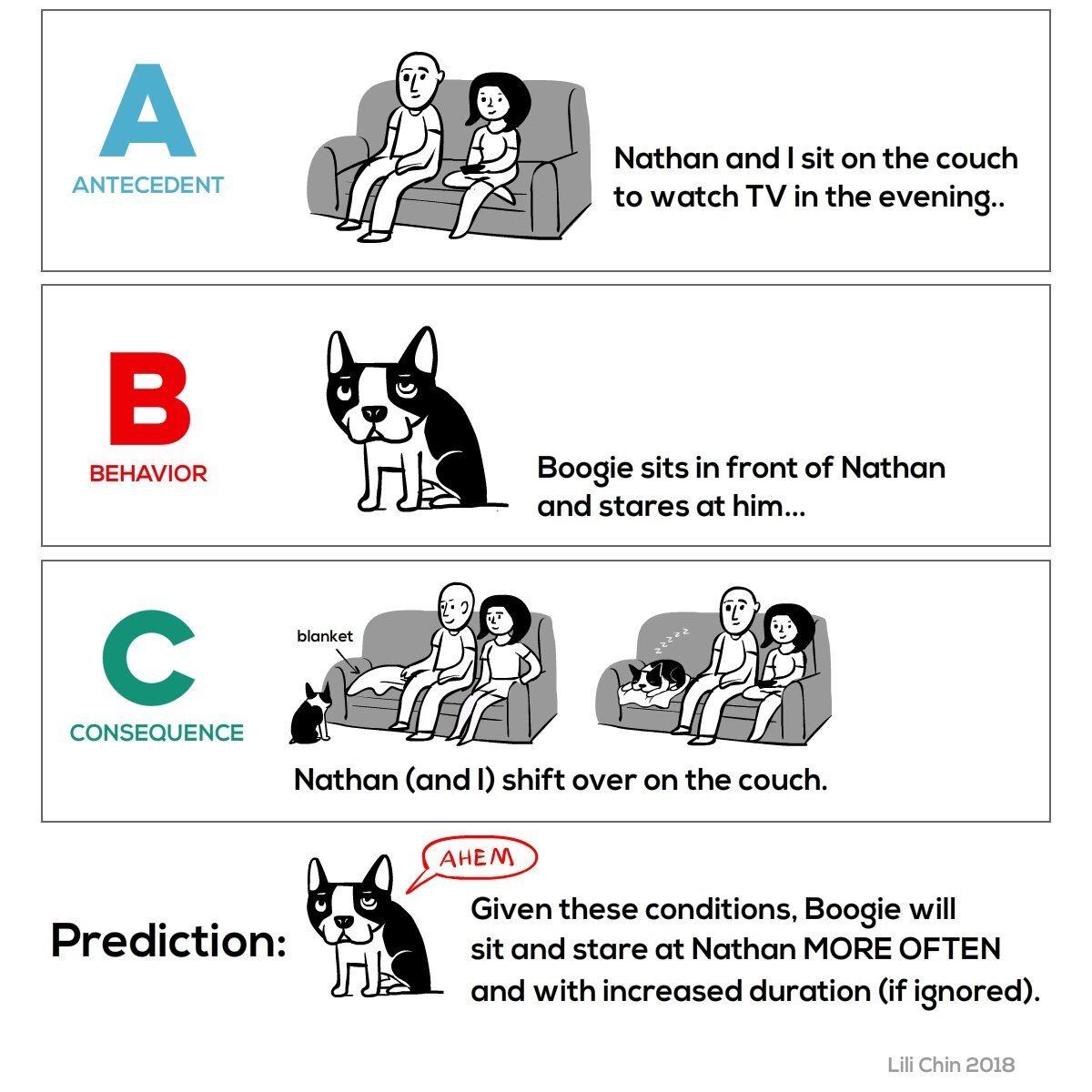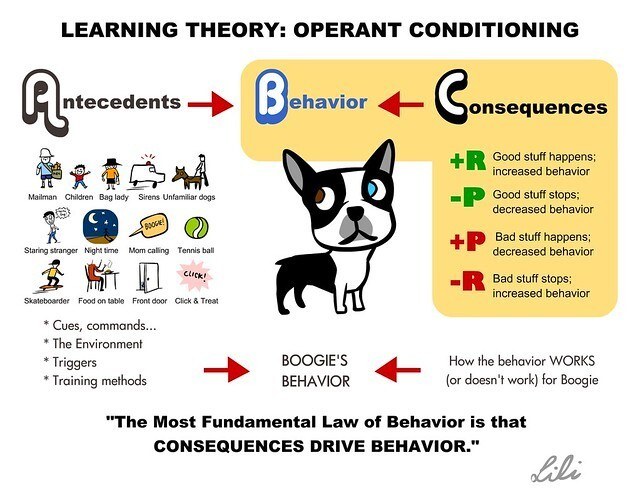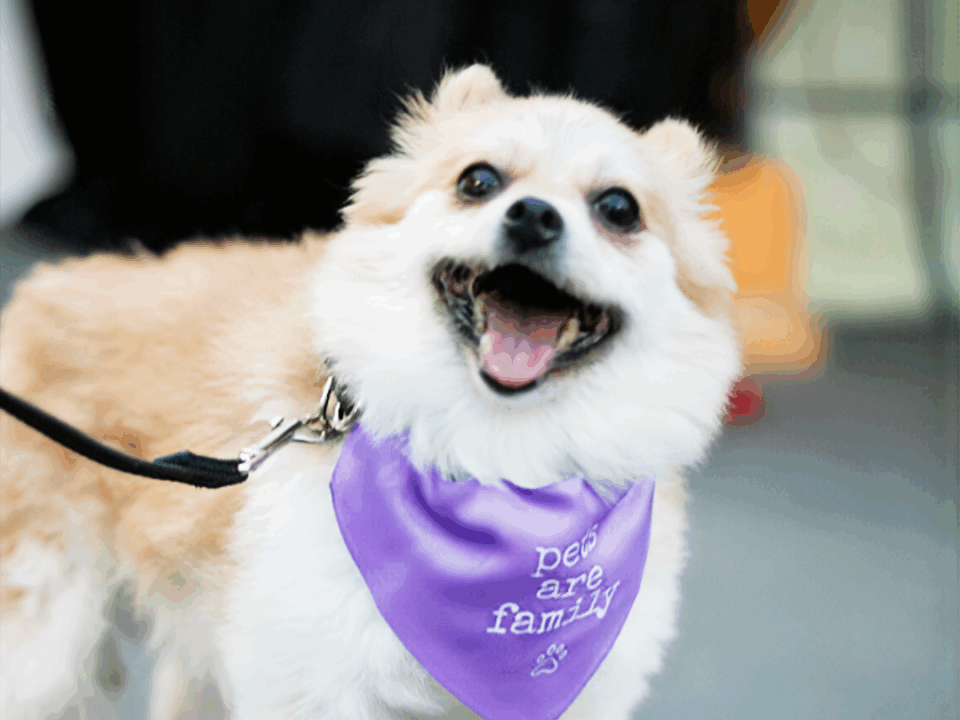A Texas Happy Tail: Collaborating for rescued dogs
February 8th, 2021
By Devon Krusko, Field Services and Outreach Coordinator
 One of the things I enjoy most about my role as Field Services and Outreach Coordinator is creating connections and friendships with so many folks in the animal welfare community across the country.
One of the things I enjoy most about my role as Field Services and Outreach Coordinator is creating connections and friendships with so many folks in the animal welfare community across the country.
I was on the phone with Shelbi Waters from Souris Valley Humane Society (a recent 2020 Safe Housing grant recipient!) when she asked if I knew anyone who would be able to help Best Friends Animal Society with a transport from a Texas animal control facility. They needed someone on the ground to coordinate the transport, organize medical records, and conduct dog-to-dog intros.
Did I know someone?! After a quick planning meeting with the RedRover Responders team, I was on a plane to Odessa, Texas. Coming from the East Coast, I longed for some warm weather…only to arrive to a snow storm in Dallas which cancelled connecting flights. Fortunately, this winter warrior was able to secure a 4WD rental and headed out into a five-hour drive through a blizzard from Dallas to Odessa.
Transporting animals is a huge undertaking. It is time-consuming. It can be heartbreaking. At high-intake shelters there are many dogs in need of placement and only so many available spots at receiving organizations. Transport involves an incredible number of moving pieces coordinated by many hands – and it is costly. This transport was no different. Odessa Animal control (OAC), was short on staff time to complete all of the various tasks in time for transport. These included:
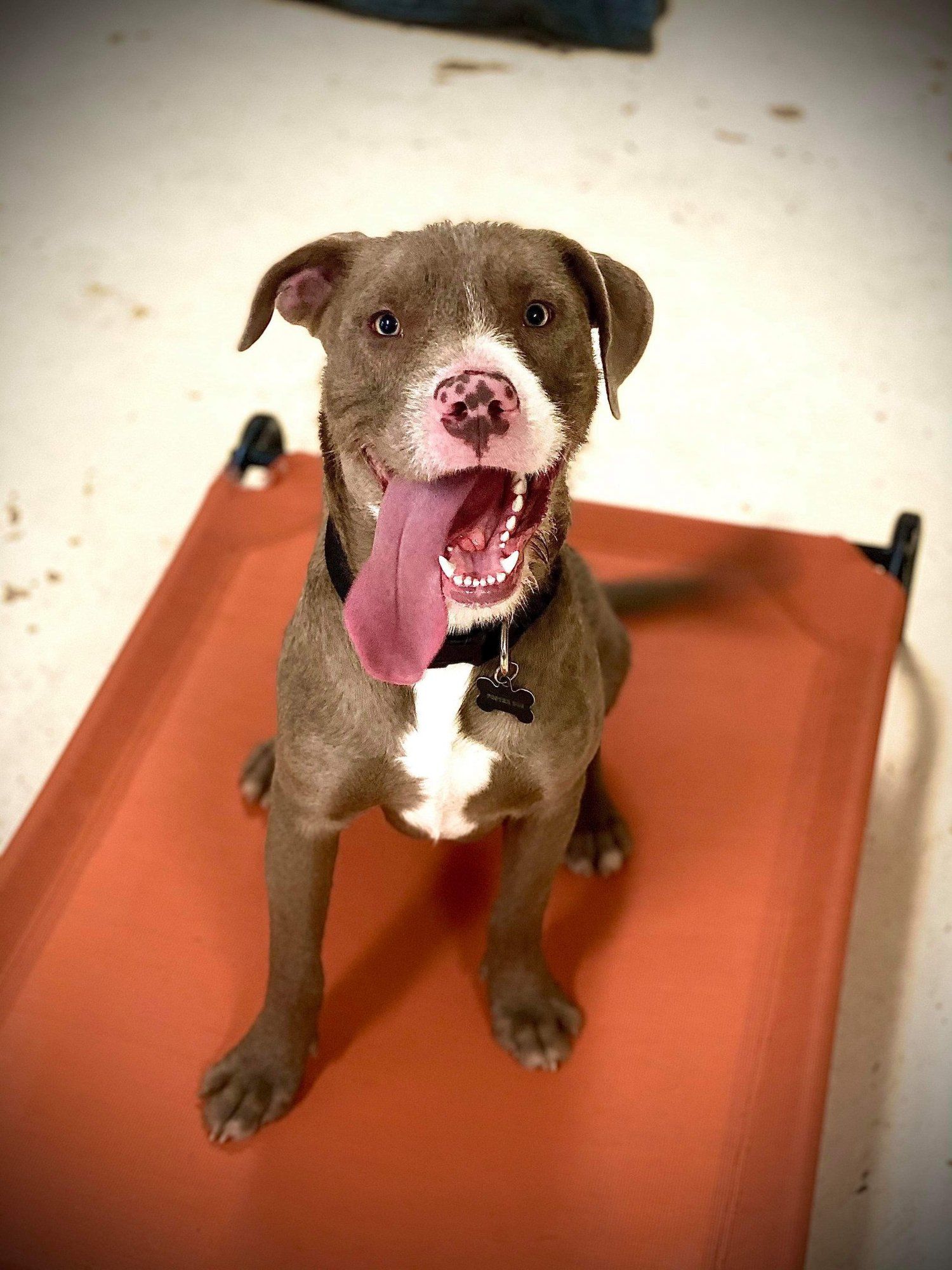 Taking photos and videos of dogs slated for transport
Taking photos and videos of dogs slated for transport- Behavior assessments of each dog
- Proper dog-to-dog introductions
- Completing medical paperwork
- Issuing health certificates
In my previous sheltering work I was always a receiving partner – meaning high-volume shelters would transport their animals to my shelter in Vermont. Transport dogs would typically arrive to me fully vetted and ready for adoption. The work on my end was minimal, and there was often a line of adopters waiting – which meant animals would be in their new homes within 24 hours.
Being on the other end working with the sending agency in Texas was a really interesting experience for me. I found myself texting, emailing, and calling any and all connections I had (at all hours!) to try to find placement for additional dogs. I was begging for space, pleading for shelters to take more bully-breed dogs, and hoping partners could find just one more foster home. I made mistakes on paperwork, redid it, and then did it again. I stayed up all night worrying about which dogs would be chosen and who would be left behind. It was humbling to say the least.
Check out the Facebook album of these adorable pups!
Because of the incredible hard work on the part of Fix West Texas, a low cost spay and neuter clinic that provided vetting for the transport dogs, the dedication of the OAC staff, and the support of Best Friends Animal Society, 17 dogs boarded the transport van headed to New York. It was a beautiful sight that came with a sigh of relief.
On the receiving end, three different New York animal organizations – Ulster County SPCA, Best Friends Center NYC, and Muddy Paws Rescue – welcomed these most deserving babes. And, as expected, all had adopters lined up (and even a waitlist!).
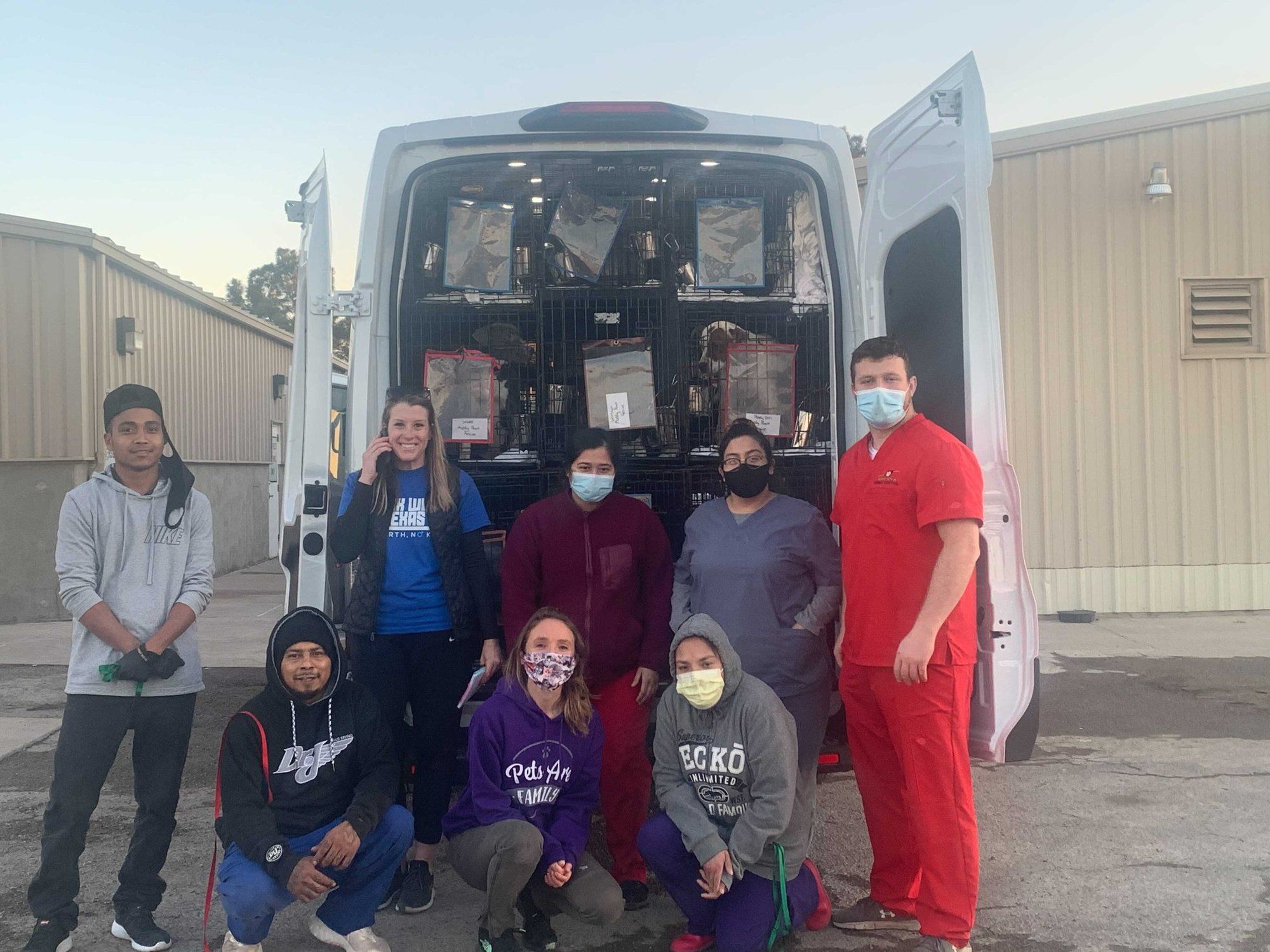
DOG TRAINING TIP
January was National Train Your Dog Month, and why not continue working with your pup throughout the year? Did you know that dogs, too, learn their ABCs? Though a bit different than the song we know and love, the ABCs are an important foundation piece of dog learning! For dogs, ABC stands for Antecedent (the cue/what leads to the behavior), Behavior, Consequence (what happens because of the behavior). Remember, in dog training, a consequence is not necessarily a negative thing, it is simply the outcome– AND it can be produced naturally by the environment or strategically! This is known as operant conditioning.
Here’s an example: During the pandemic, I purchased a Ring camera. When there is motion in front of the camera, it makes a unique sound. My dog, Riggs, quickly associated the sound with activity or a person outside. The unique sound (the antecedent) caused a behavior (Riggs getting excited, running back and forth to the windows) and a consequence (Riggs gets to visit his favorite UPS delivery driver).
If I want to change Riggs’ behavior, I need to change the antecedent and the consequence.
For example, if I want Riggs to lie down on his bed instead of running to the door when he hears the Ring camera noise, I need to reinforce that the antecedent (sound) means that he goes to his bed (behavior) and he gets a peanut butter bone (consequence). If this is reinforced consistently, the ABCs will change for Riggs!
Can you think of some ABCs for your own dog’s behavior?
Here are some fun cartoon examples by the amazing Lili Chin!

